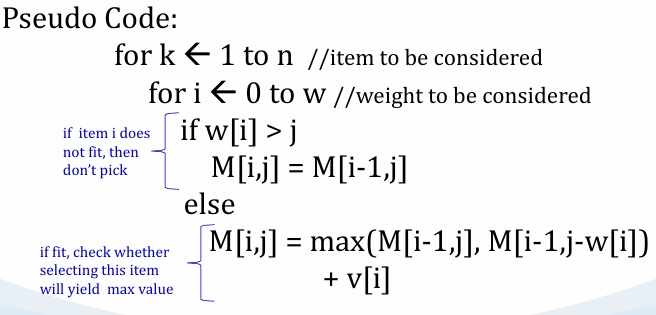CSC645 - Chapter 6 - Dynamic Programming ADT
1/5
There's no tags or description
Looks like no tags are added yet.
Name | Mastery | Learn | Test | Matching | Spaced |
|---|
No study sessions yet.
6 Terms
Dynamic Programming (DP) ADT Overview
History / Definition
Invented by Mathematican , Richard E Ballman
The term “programming” actually refers to planning
DP attempts to solve problems with overlapping subproblems (Rather than solve the same problem again & again, we store them in a table)
Dynamic Programming (DP) ADT DP Properties
Overlapping sub-problems
→ same sub-problem occur more than once
Optimal substructure
→ final solution = combination of optimal solution (from small solution, merge and get the final solution)
Overlapping sub-problems?
Solve 2 times or more DP attempts to solve problems with overlapping sub-problems
Eg: Fib (5)
Original solution:
fun Fib(n)
if n=0|| n=1
return 1,
else return Fib(n-2) + Fib(n-1) 
Just read from the table: • E.g. Fib(8)
DP: Transitive Closure (Warshal) War (2 pihak)
Transitive closure means connectivity
Is there a path for every node to all other nodes?
E.g. 1:
A can go to all node?
B can go to all node?
C can go to all node?
DP algorithm that can solve this problem is *Warshal

E.g. 1
E.g. 2
E.g. 3
DP: All-Pair Shortest Path (Floyd Warshal)
Finding the shortest path from any nodes to all other nodes.
DP algorithm that can solve this problem is Floyd Warshall (Have weightage)

E.g. 1:
DP: Knapsack
Choosing subset of n items that will fit a given constraints and yield maximum value.

E.g.1
E.g.2